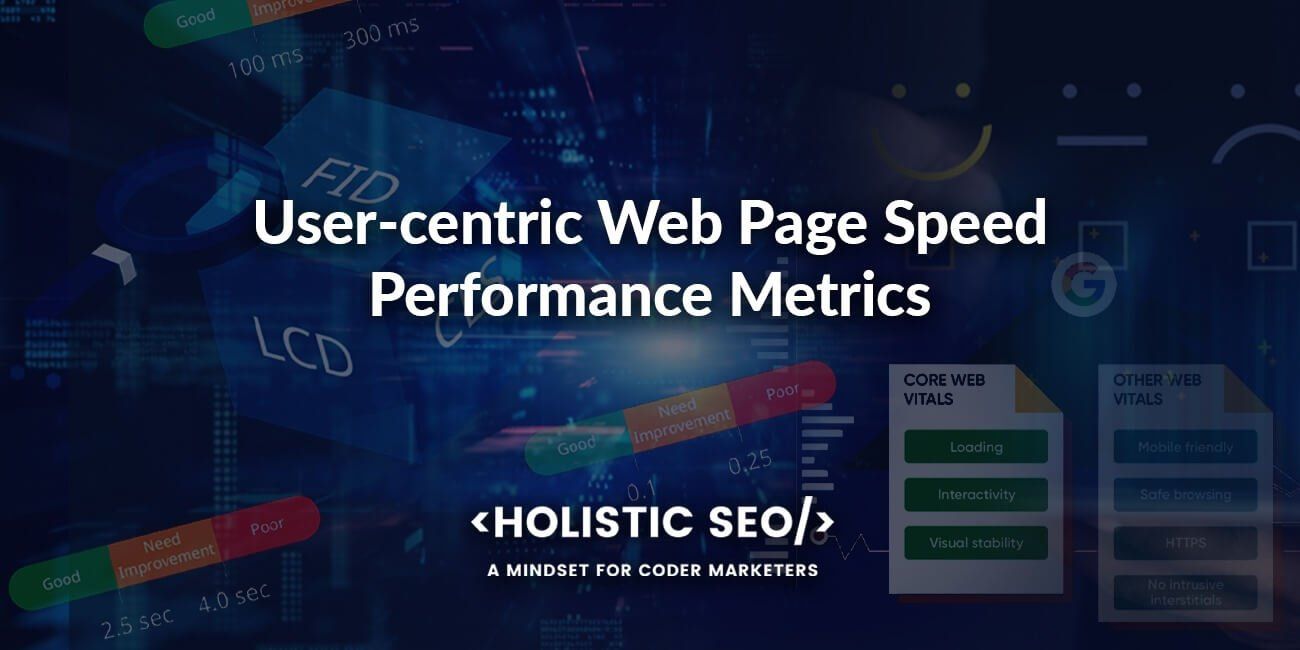What is Interaction to Next Paint (INP), and How to Optimize It
Interaction to Next Paint (INP) is a Core Web Vitals (CWV) metric to measure the web page’s interactivity for user experience quality. INP is a user-centric page speed metric that affects search engine optimization performance, conversion rate, and user satisfaction. Interaction to Next Paint replaced First Input Delay (FID) in March 2024 in Core Web …





















